Let’s be honest: running a website in 2024 sometimes feels like trying to keep a spaceship in orbit with duct tape and hope. One minute, your traffic is soaring; the next, your bounce rate is doing its best impression of a bungee jump. I’ve seen it all—broken forms, slow pages, mysterious drop-offs, and that one button nobody seems to click (even though it’s bright orange and says “Click Me!”). If you’ve ever wondered what’s really happening on your site—or, more importantly, what your users wish was happening—then you’re in the right place.
I’m Shuai Guan, co-founder and CEO at , and I’ve spent my career helping teams use automation and data to work smarter, not harder. I’m a big believer that every business, from scrappy startups to Fortune 500s, can use site analysis tools to turn guesswork into growth. Today, I’ll walk you through the top 15 tools that help you understand your users, outsmart your competitors, and make your website the digital equivalent of a five-star resort (minus the towel animals).
What Are Site Analysis Tools and Why Do They Matter?
Let’s break it down: site analysis tools are like having a team of digital detectives, engineers, and market researchers working 24/7 to monitor, analyze, and report on your website’s performance, user behavior, and optimization opportunities. They come in a few flavors:
- SEO audit tools: Find technical issues, broken links, slow pages, and anything that might be hurting your search rankings.
- Competitor website analysis tools: Spy (ethically!) on your rivals’ traffic, keywords, and strategies.
- Website traffic analysis tools: Track who’s visiting, what they’re doing, and where they’re dropping off.
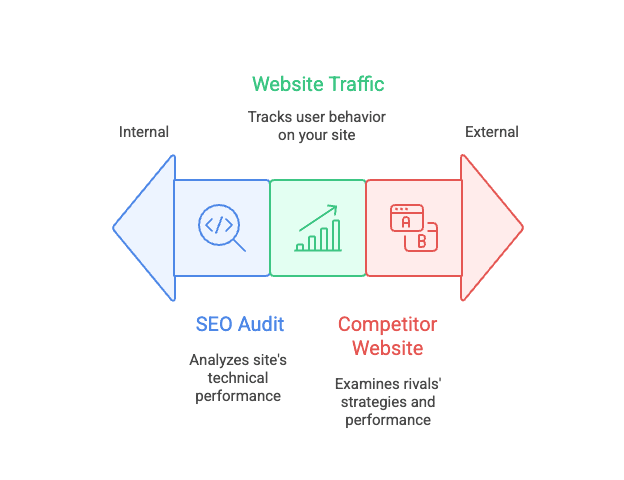
Why does this matter? Because your website is often your first (and sometimes only) chance to impress a potential customer. A one-second delay in page load can slash conversions by , and over half of visitors will abandon a mobile site if it takes more than three seconds to load (). Companies that invest in user experience (UX) design can see conversion rates jump by up to . And let’s not forget: 75% of users judge your credibility by your site’s aesthetics ().
Site analysis tools are essential for business growth, lead generation, and staying competitive. They empower not just IT or web developers, but also sales and operations teams—helping everyone make smarter, data-driven decisions.
How Site Analysis Tools Improve User Experience
Here’s where the rubber meets the road. Site analysis tools help you:
- Spot pain points: Heatmaps and session recordings show where users get confused or frustrated (like that “Contact Us” button hiding in plain sight).
- Optimize navigation: Analytics reveal which pages users love—and which ones make them run for the hills.
- Boost engagement: By understanding user flows, you can tweak content and design to keep visitors around longer.
There’s a tight connection between SEO, traffic analysis, and UX. A fast, well-structured site not only pleases users but also ranks higher on Google (). And when you analyze traffic patterns, you can spot UX issues—like a high drop-off rate at checkout—before they become costly.
Here’s a quick table showing ROI-focused benefits:
| Benefit | How Site Analysis Tools Contribute |
|---|---|
| Lead Generation | Identify which content or pages attract the most visitors and leads. Optimize landing pages and forms, or even scrape contact info directly (with tools like Hotjar or Thunderbit). |
| Workflow Automation | Automate routine tasks like regular site audits or data scrapes (Thunderbit’s scheduled scraping is a lifesaver here), freeing up your team for higher-value work. |
| Market Research | Use competitor analysis tools (like Semrush or SimilarWeb) to track industry trends, competitor traffic, and customer preferences. Adjust your strategy based on real market data. |
The results speak for themselves: Vodafone improved a Core Web Vital by 31% and saw an . Nikkei cut 300ms off page load time and got . Systematic site analysis leads to higher conversions, better retention, and happier users.
Criteria for Selecting the Best Site Analysis Tools
With so many options out there, how do you pick the right tool? Here’s what I always look for:
- Ease of use: Is the tool intuitive, especially for non-technical users? Sales and ops teams shouldn’t need a PhD in computer science to pull a report.
- Integration and data export: Can you easily get your data into Excel, Google Sheets, or your CRM? Tools like and Google Analytics shine here.
- Data accuracy and depth: Are you getting reliable, comprehensive insights? Ahrefs, for example, boasts one of the .
- Reporting and visualization: Customizable dashboards and clear reports are a must. Tableau is a favorite for this.
- Features vs. pricing: Don’t pay for bells and whistles you’ll never use. Many tools have free tiers—test before you invest.
- Support and scalability: Good documentation and customer support can save your bacon. Make sure the tool can grow with your business.
- Privacy and compliance: If you need to keep data in-house (hello, GDPR), look at options like Matomo.
And don’t forget to check user reviews on platforms like G2. Sometimes the best insights come from folks who’ve already been in the trenches.
The Top 14 Site Analysis Tools to Improve User Experience
After years of tinkering, researching, and (occasionally) breaking things, here’s my curated list of the top tools for 2024. Each one brings something unique to the table—whether you’re focused on SEO, competitor analysis, traffic, or UX.
1. Google Analytics (GA4)
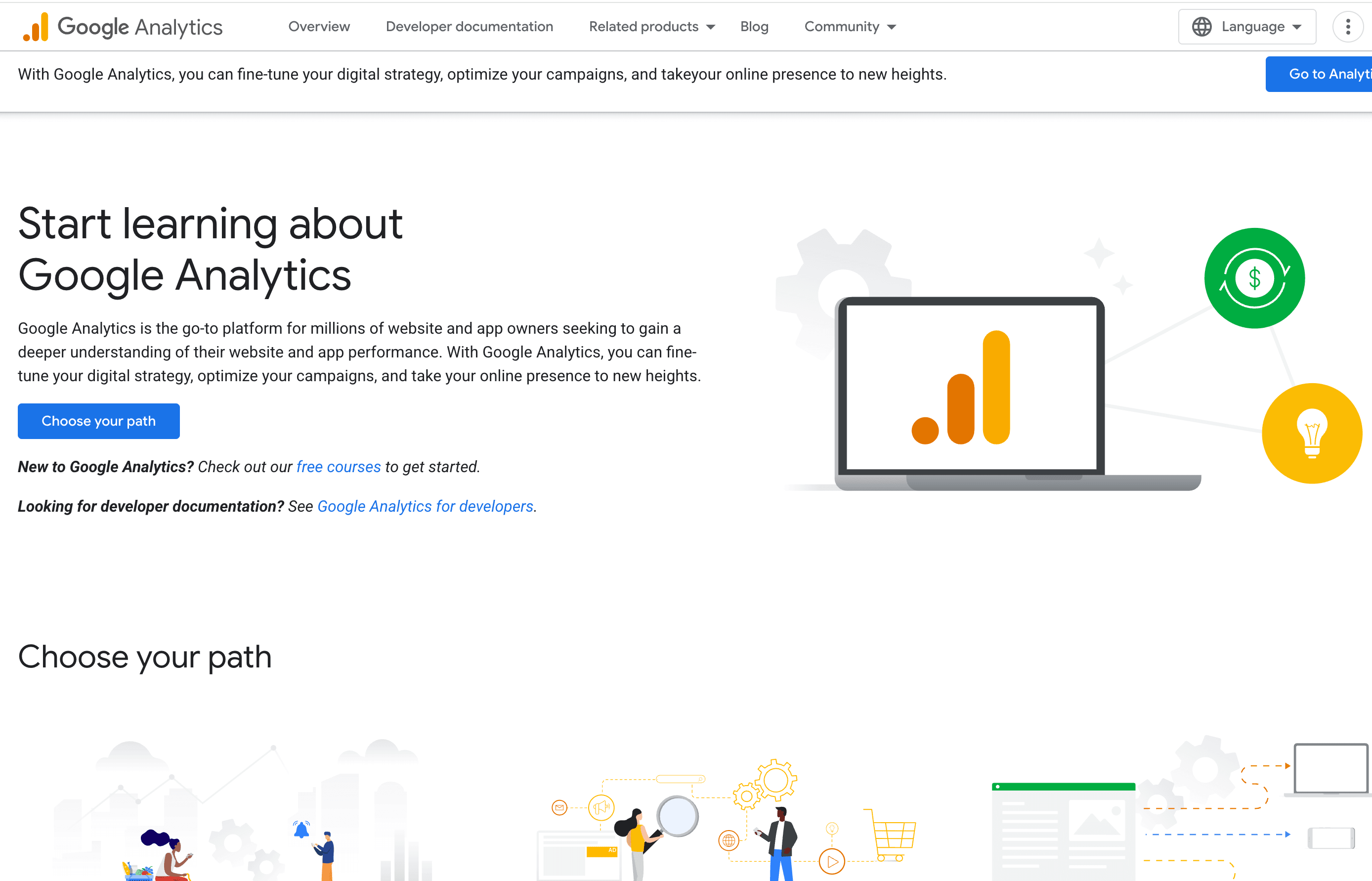
What it does: The gold standard for website traffic analysis. GA4 tracks user interactions as events, offers real-time monitoring, and integrates with other Google tools.
Key features: Event-based tracking, funnel and path analysis, audience segmentation, machine-learning insights, and privacy controls ().
Best for: Businesses seeking in-depth traffic and engagement insights. Marketers, web admins, and sales teams all benefit.
Pricing: Free (standard version).
2. Semrush
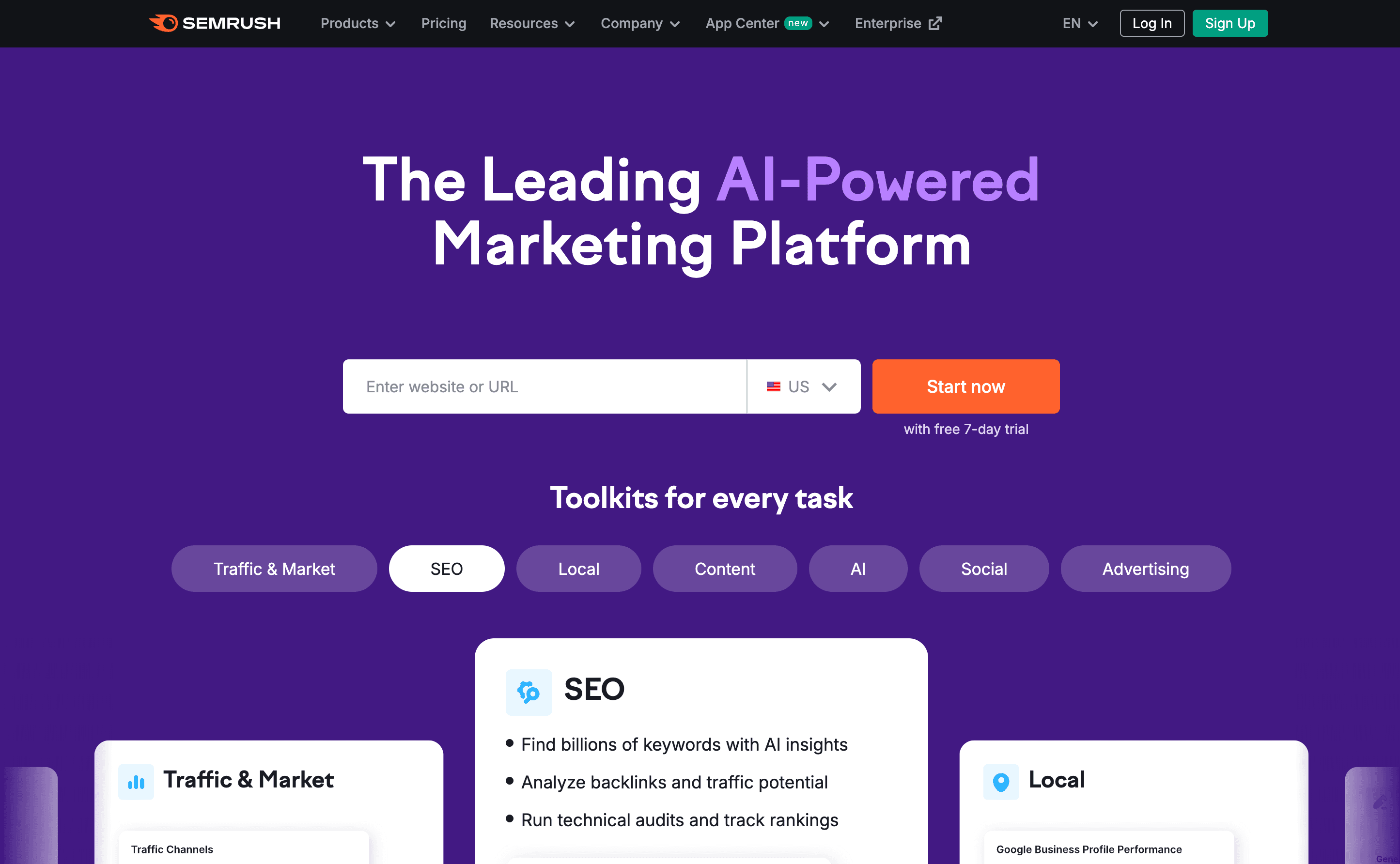
What it does: All-in-one SEO audit and competitor analysis platform.
Key features: Keyword research, technical site auditing, backlink analysis, rank tracking, and competitor benchmarking ().
Best for: Optimizing SEO and benchmarking against competitors. Great for marketing and sales teams wanting to tailor their outreach.
Pricing: Free limited version; Pro plan starts at $129.95/month ().
3. Ahrefs
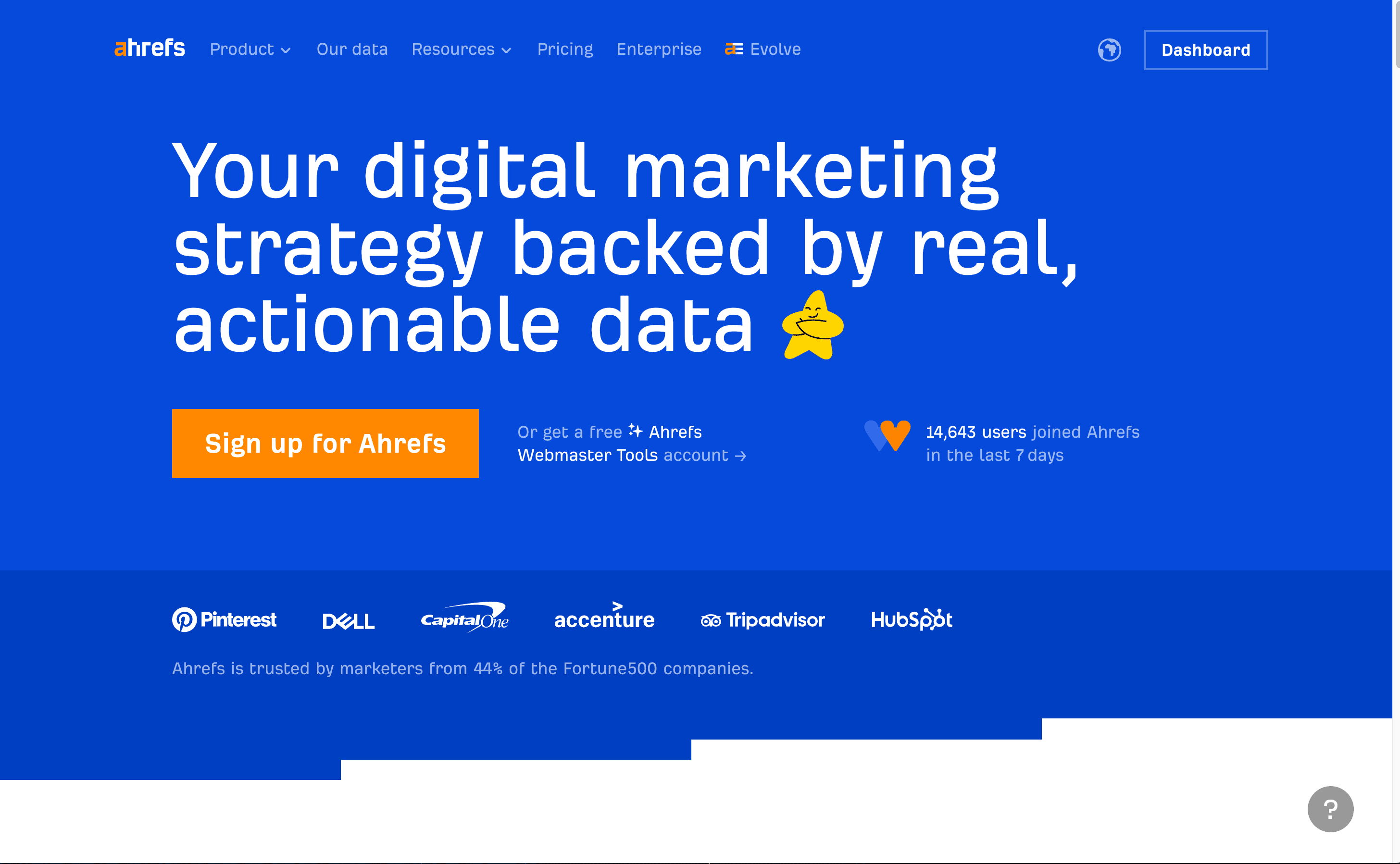
What it does: Comprehensive SEO and competitor analysis platform, famous for its backlink data.
Key features: Backlink analysis, keyword tracking, site audit, content gap analysis, and huge data index ().
Best for: Businesses focused on organic growth and competitive research.
Pricing: Free basic tier; paid plans start at $99/month ().
4. Contentsquare
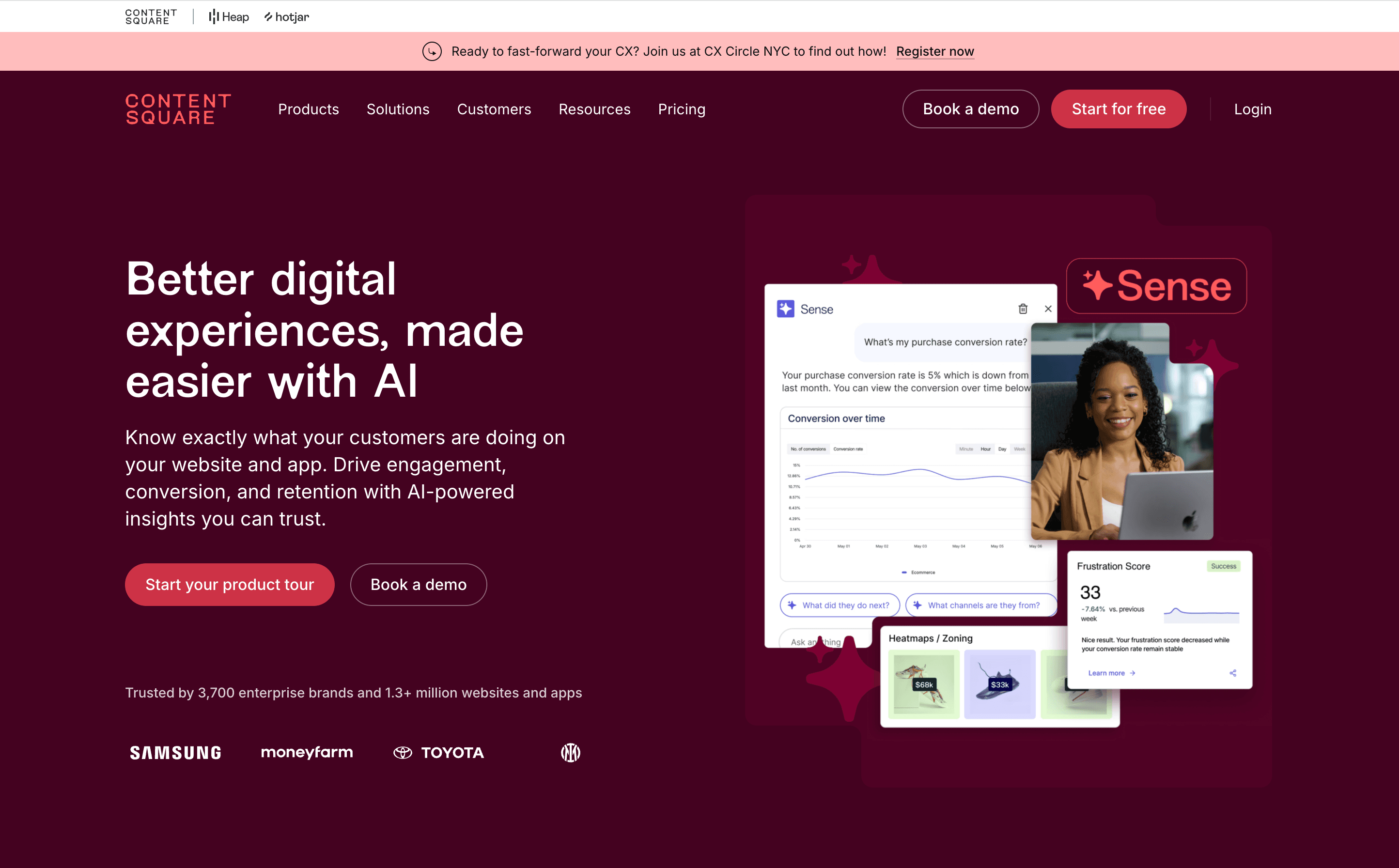
What it does: Enterprise-grade user experience analytics.
Key features: Heatmaps, session replays, journey analysis, zone-based analytics, and AI-driven insights ().
Best for: Visualizing user behavior and improving site usability at scale.
Pricing: Enterprise (custom pricing).
5. Hotjar
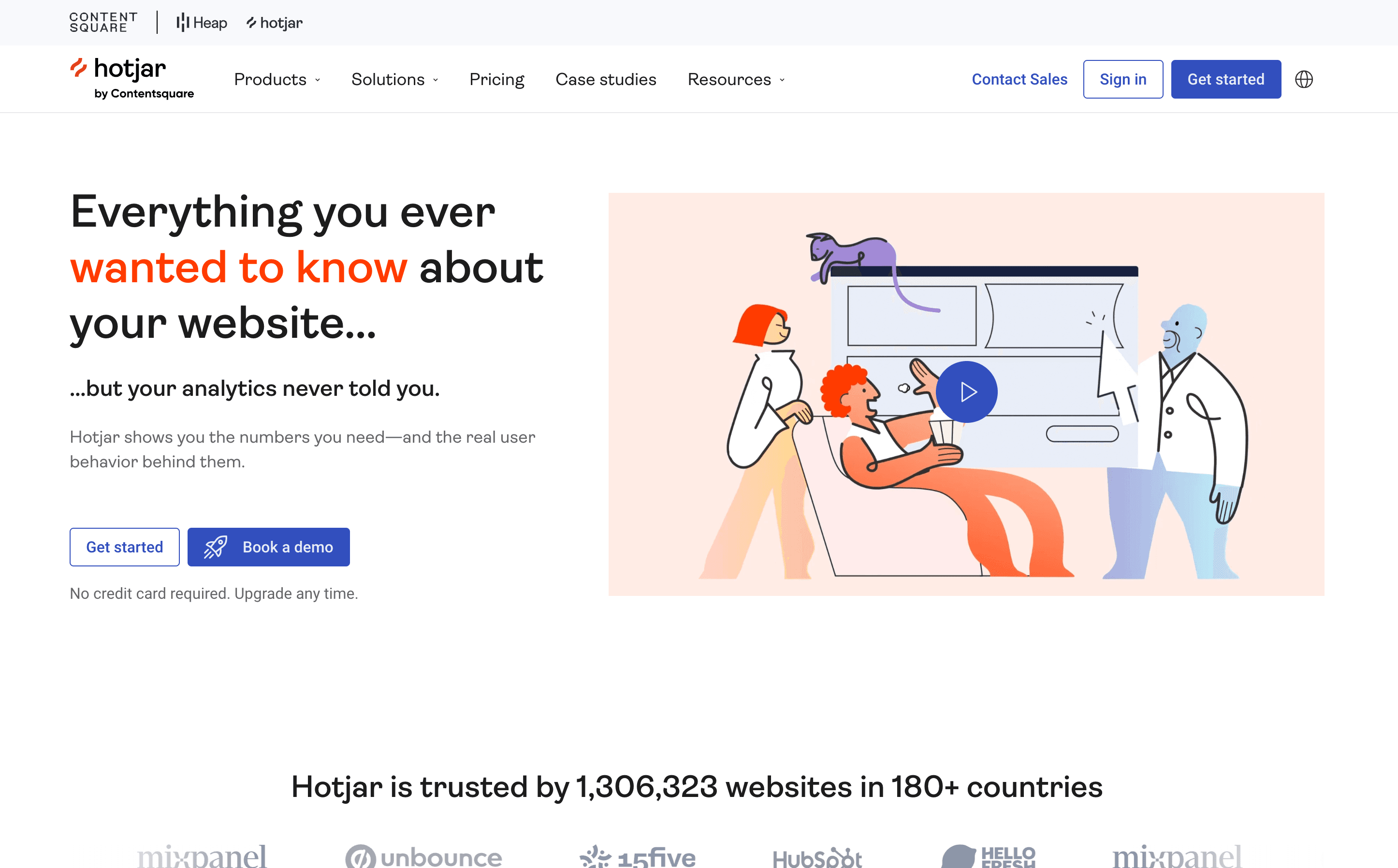
What it does: Behavior analytics with heatmaps and user feedback.
Key features: Heatmaps, session recordings, on-site surveys, and frustration/engagement scores ().
Best for: Understanding user intent and gathering feedback. Perfect for designers, marketers, and anyone who wants to see “why” users behave a certain way.
Pricing: Free basic plan; paid plans start at $39/month.
6. SimilarWeb
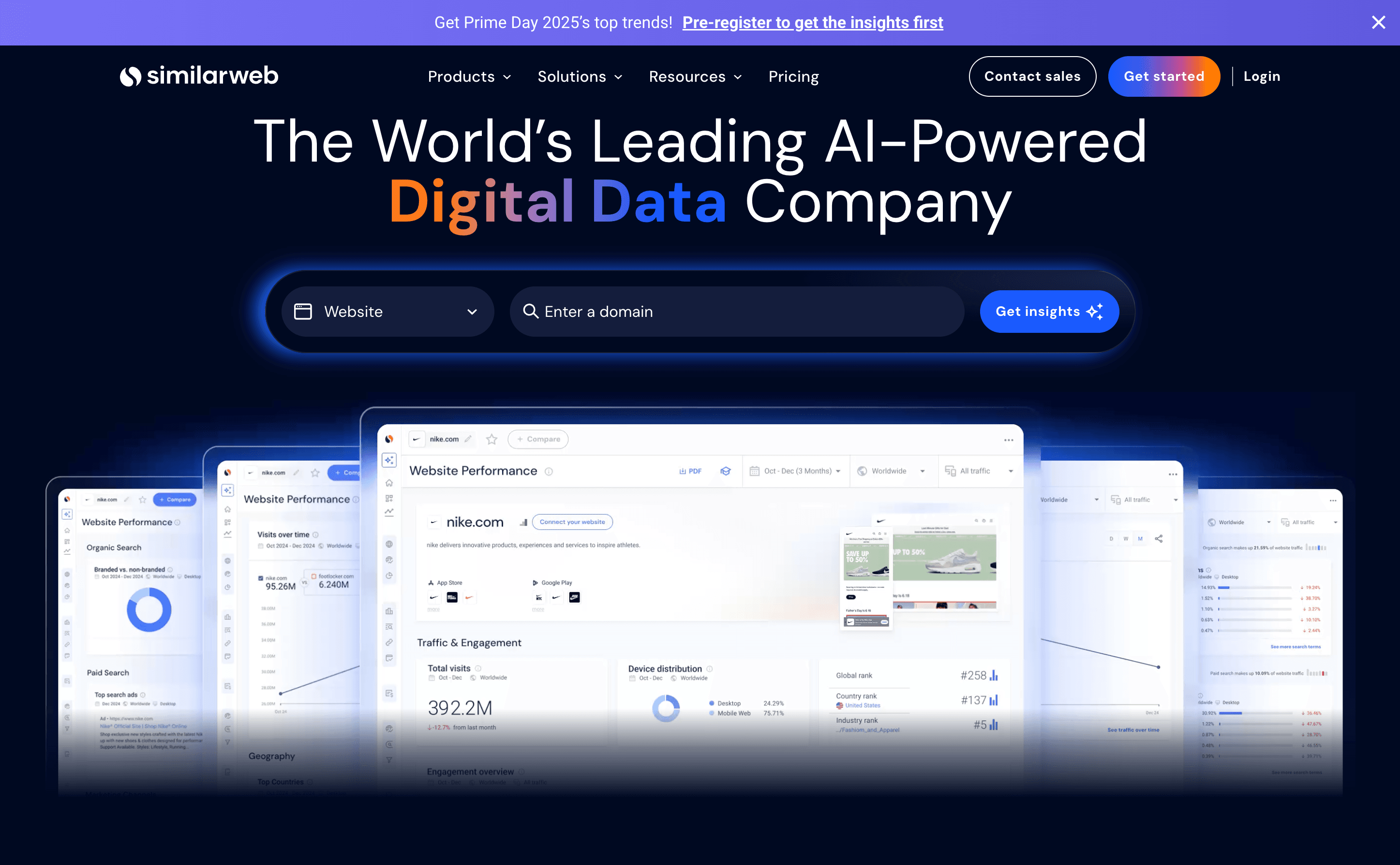
What it does: Competitor website analysis and market intelligence.
Key features: Traffic comparison, audience insights, industry benchmarking, and keyword analysis ().
Best for: Market research and competitive intelligence.
Pricing: Free limited data; Starter plan from $199/month.
7. HubSpot Website Grader
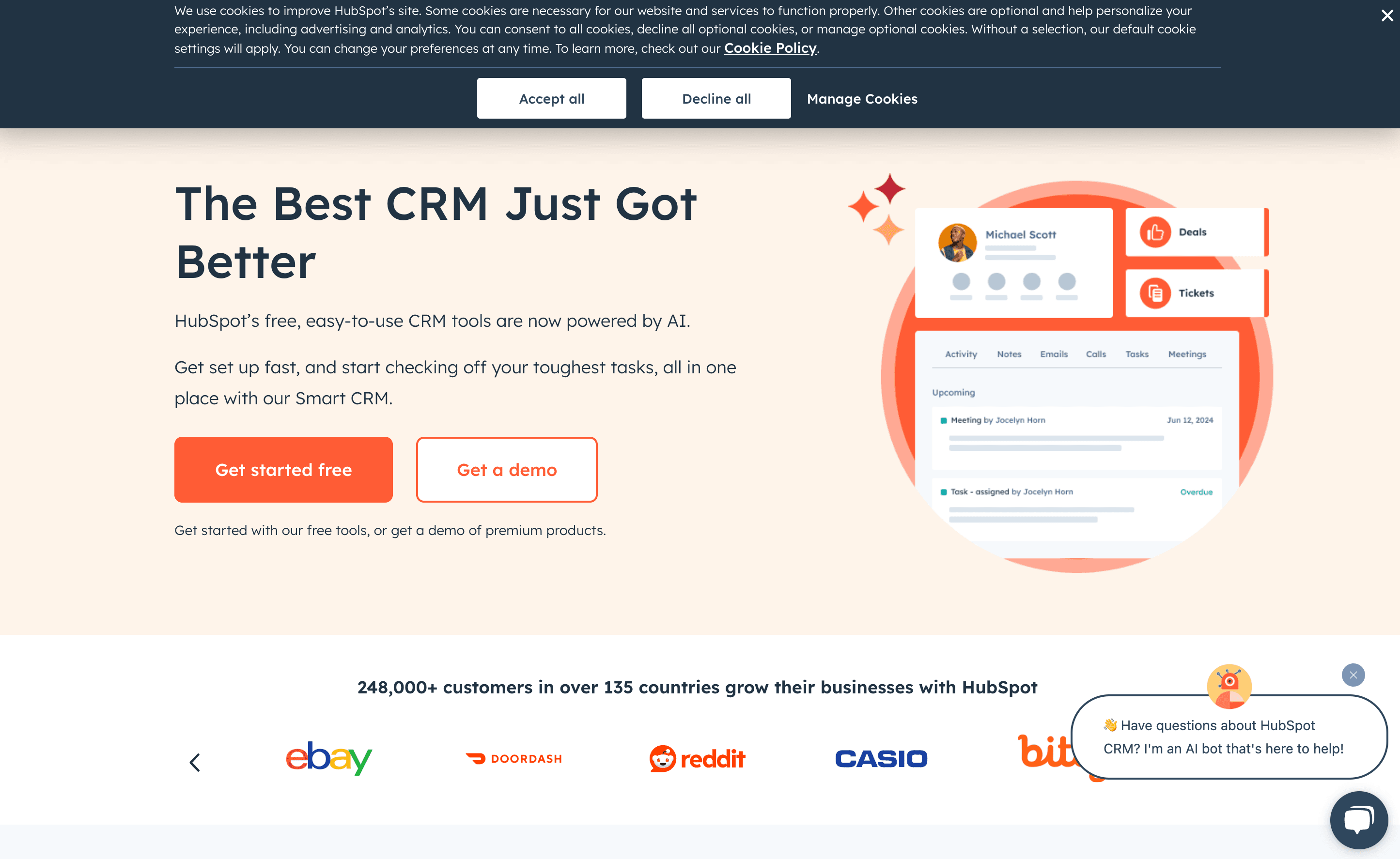
What it does: Free, quick website audit tool.
Key features: Grades performance, SEO, mobile, and security; provides actionable recommendations ().
Best for: Fast assessments and non-technical users.
Pricing: Free.
8. Matomo
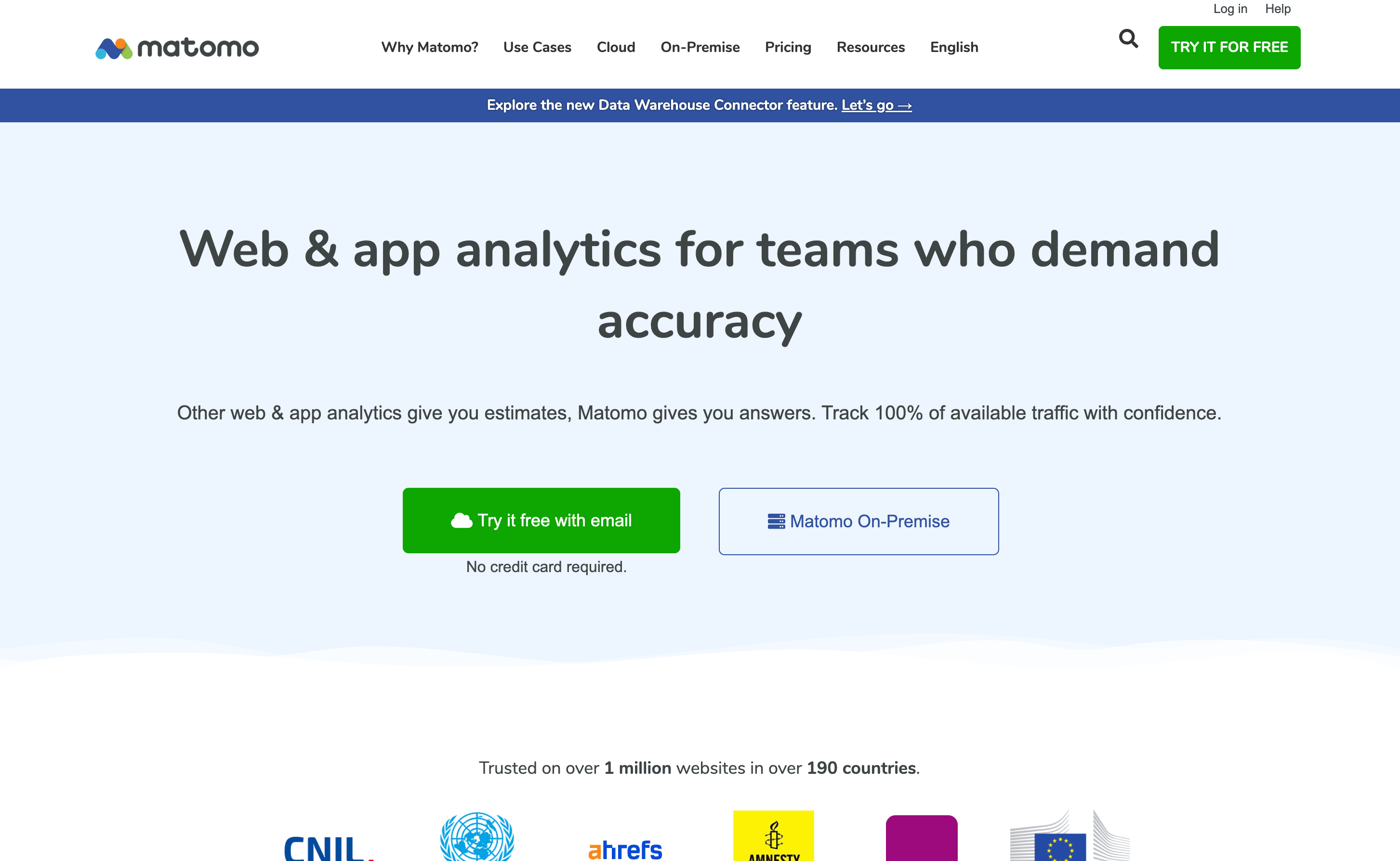
What it does: Privacy-focused website analytics.
Key features: Data ownership, GDPR compliance, customizable dashboards, and visitor logs ().
Best for: Organizations with strict privacy requirements.
Pricing: Free (self-hosted); Cloud starts at $23/month ().
9. Mixpanel
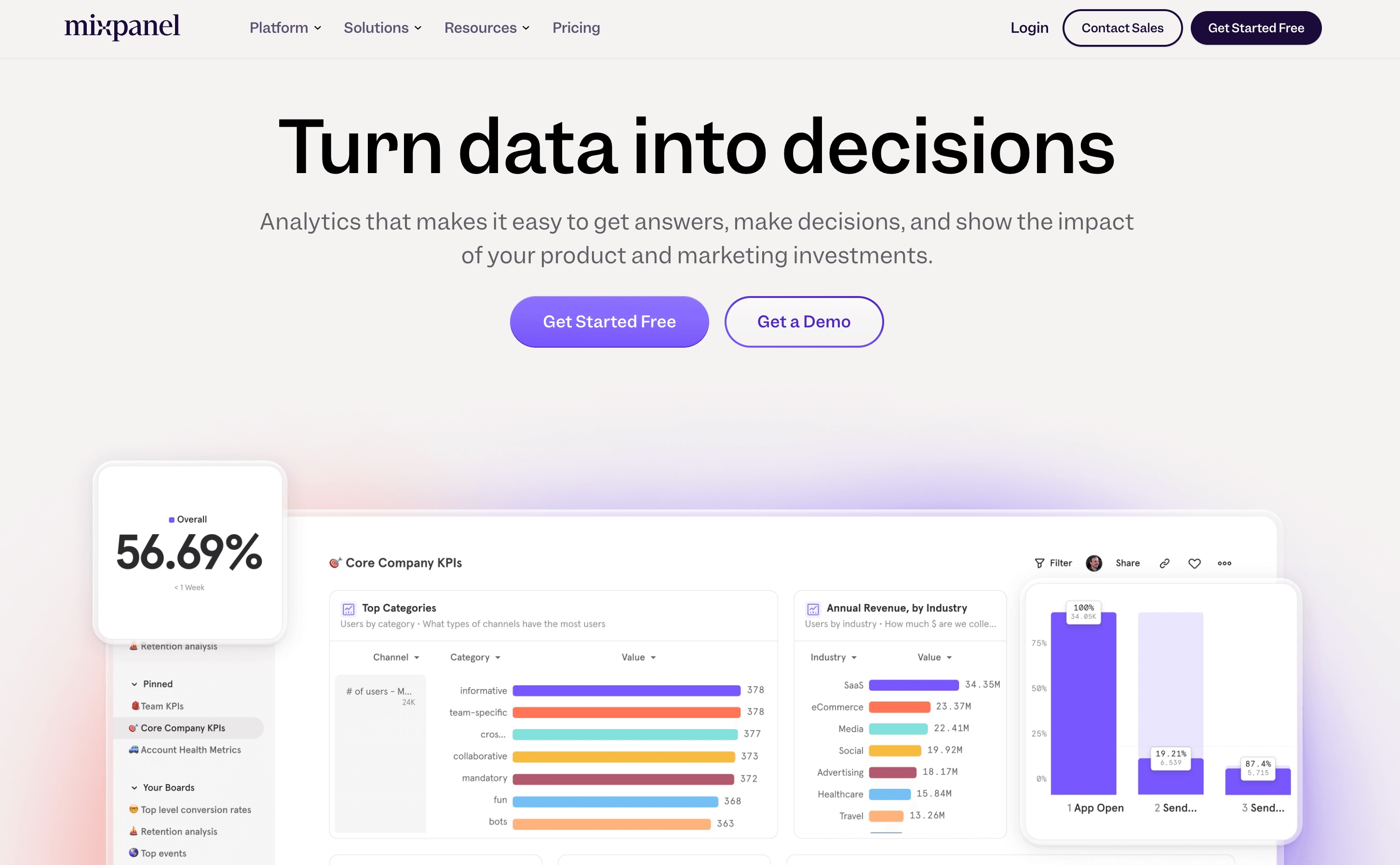
What it does: Product and user behavior analytics.
Key features: Event tracking, funnel analysis, cohort segmentation, and retention analysis ().
Best for: SaaS and ecommerce user journey optimization.
Pricing: Free up to 20M events/month; Growth plan from $24/month.
10. Optimizely
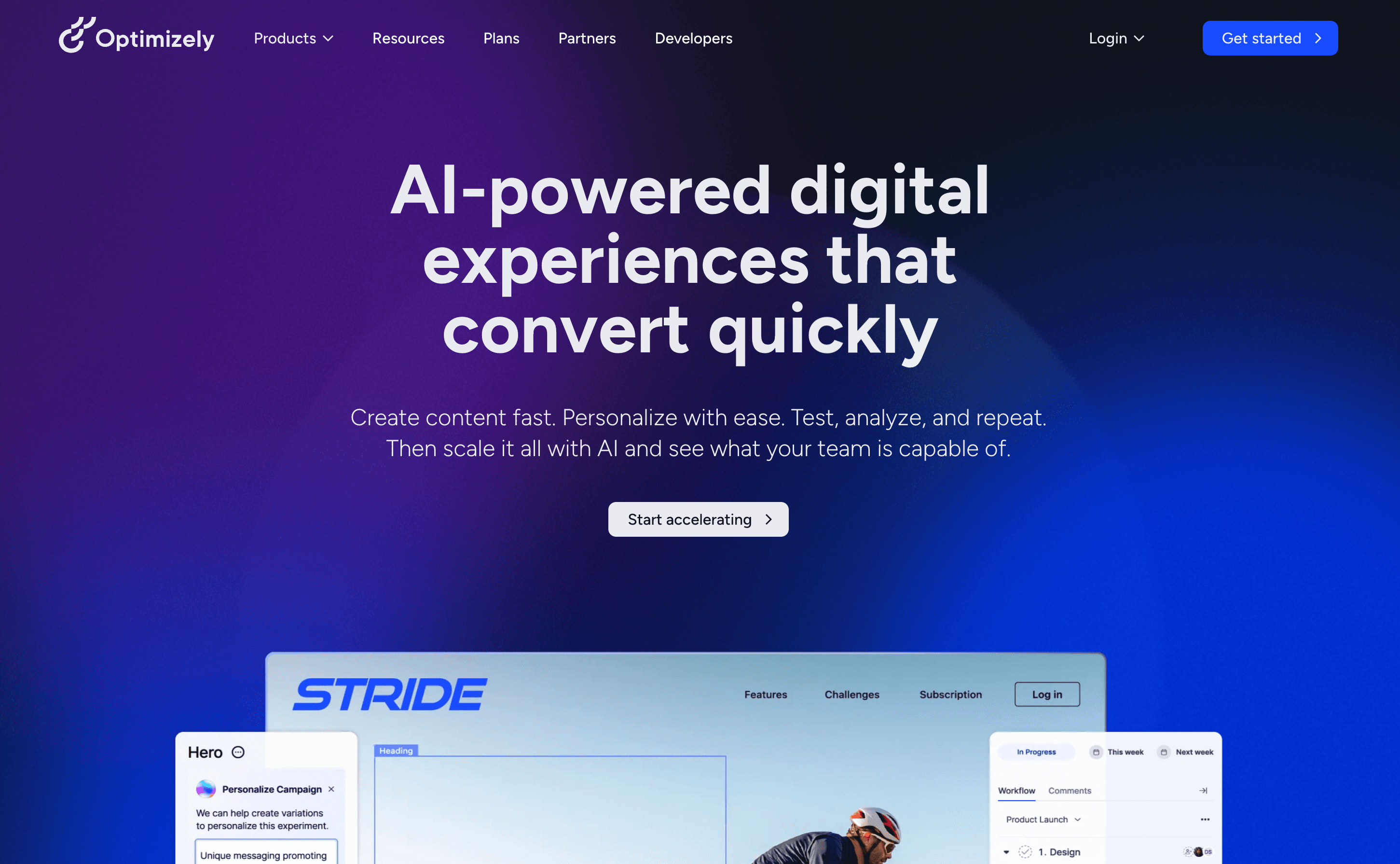
What it does: Experimentation and A/B testing platform.
Key features: Multivariate testing, personalization, analytics, and feature flagging.
Best for: Testing and optimizing user experience changes.
Pricing: Enterprise (custom pricing).
11. Crazy Egg
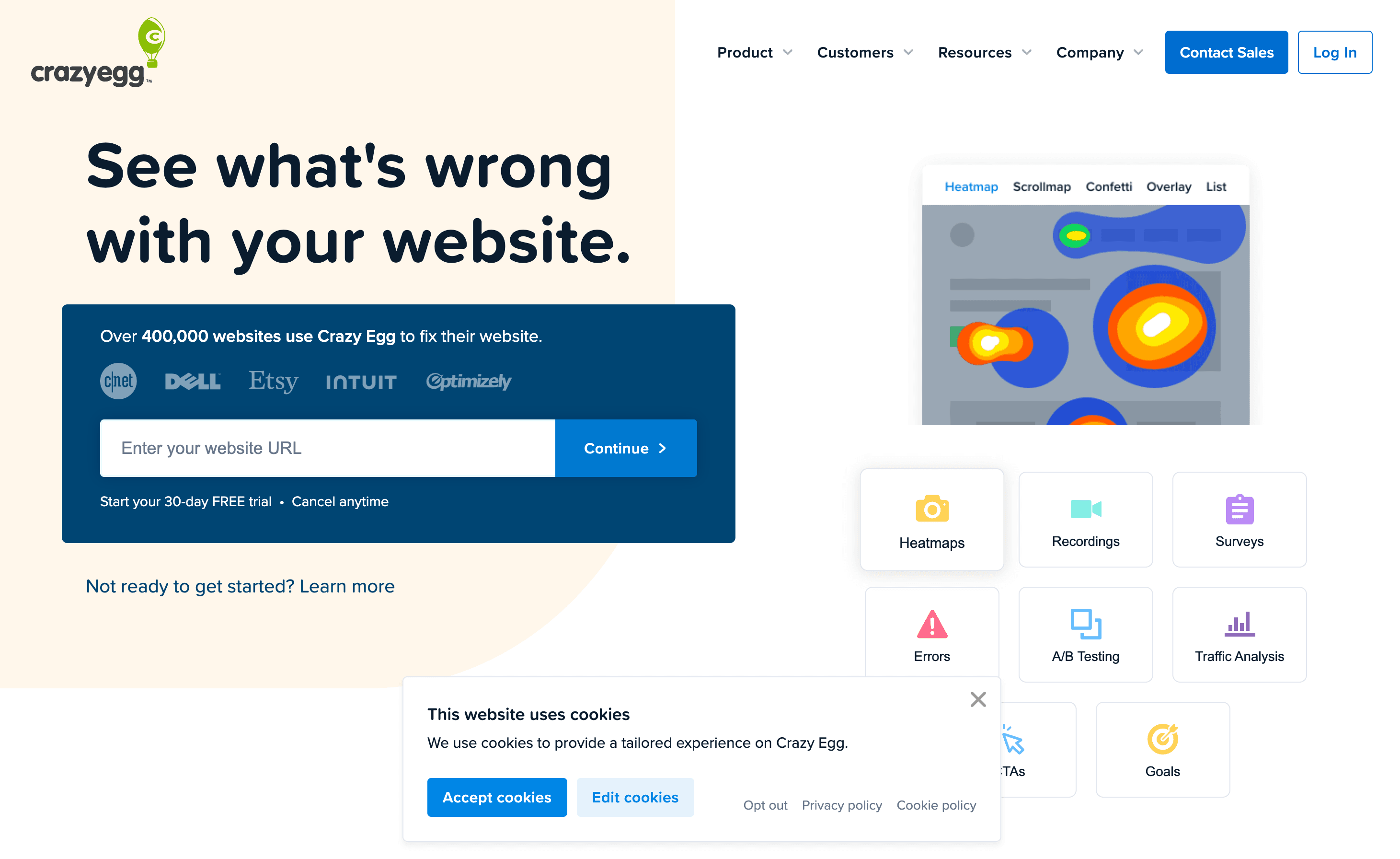
What it does: Visual analytics and heatmapping tool.
Key features: Scroll maps, A/B testing, user recordings, and the unique “Confetti” view ().
Best for: Visualizing engagement and optimizing layouts.
Pricing: Starts at $29/month (30-day free trial available).
12. G2
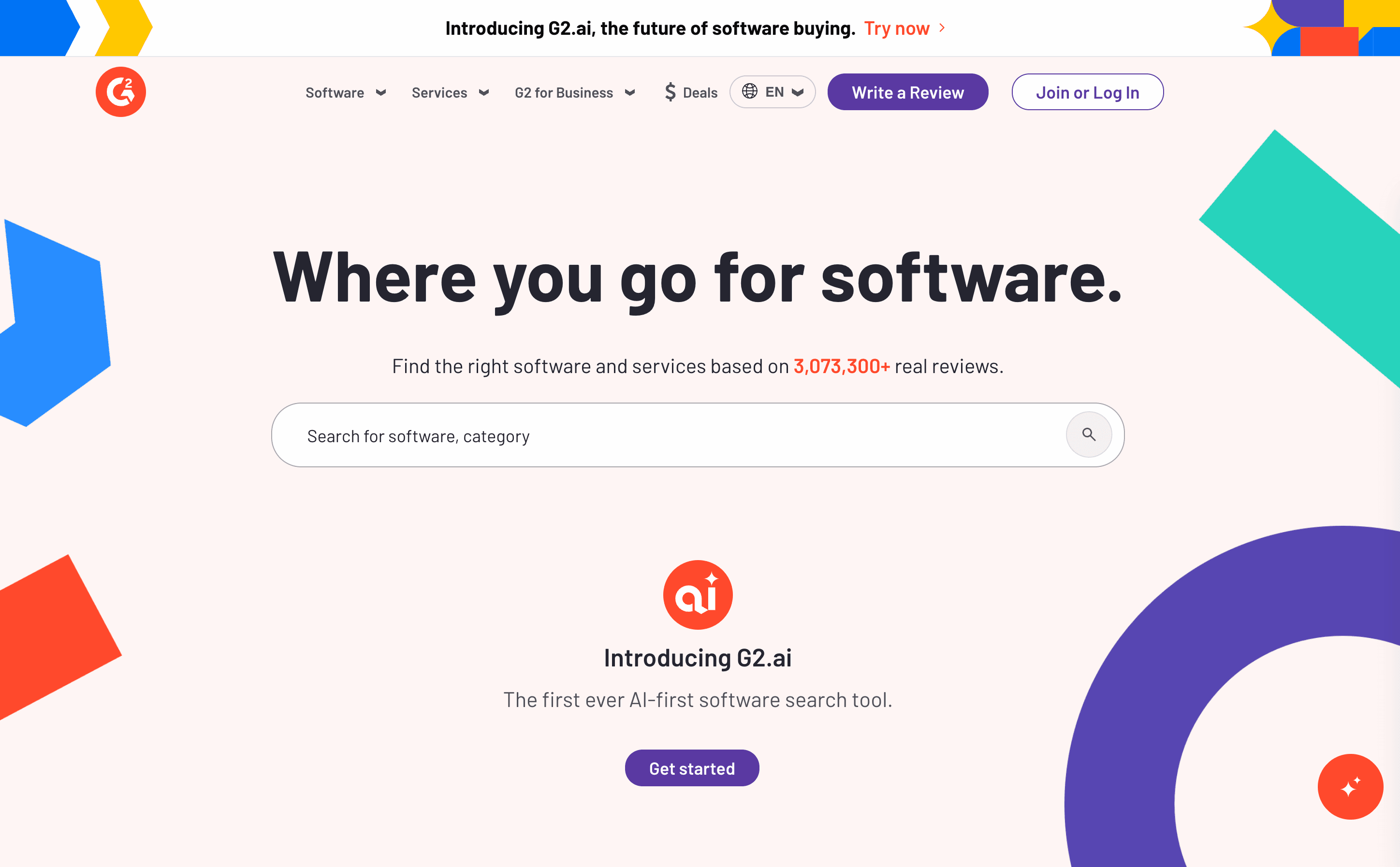
What it does: Software review and reputation analysis platform.
Key features: User reviews, competitor comparisons, buyer intent data ().
Best for: Reputation management and software discovery.
Pricing: Free for research; vendor packages are paid.
13. Tableau
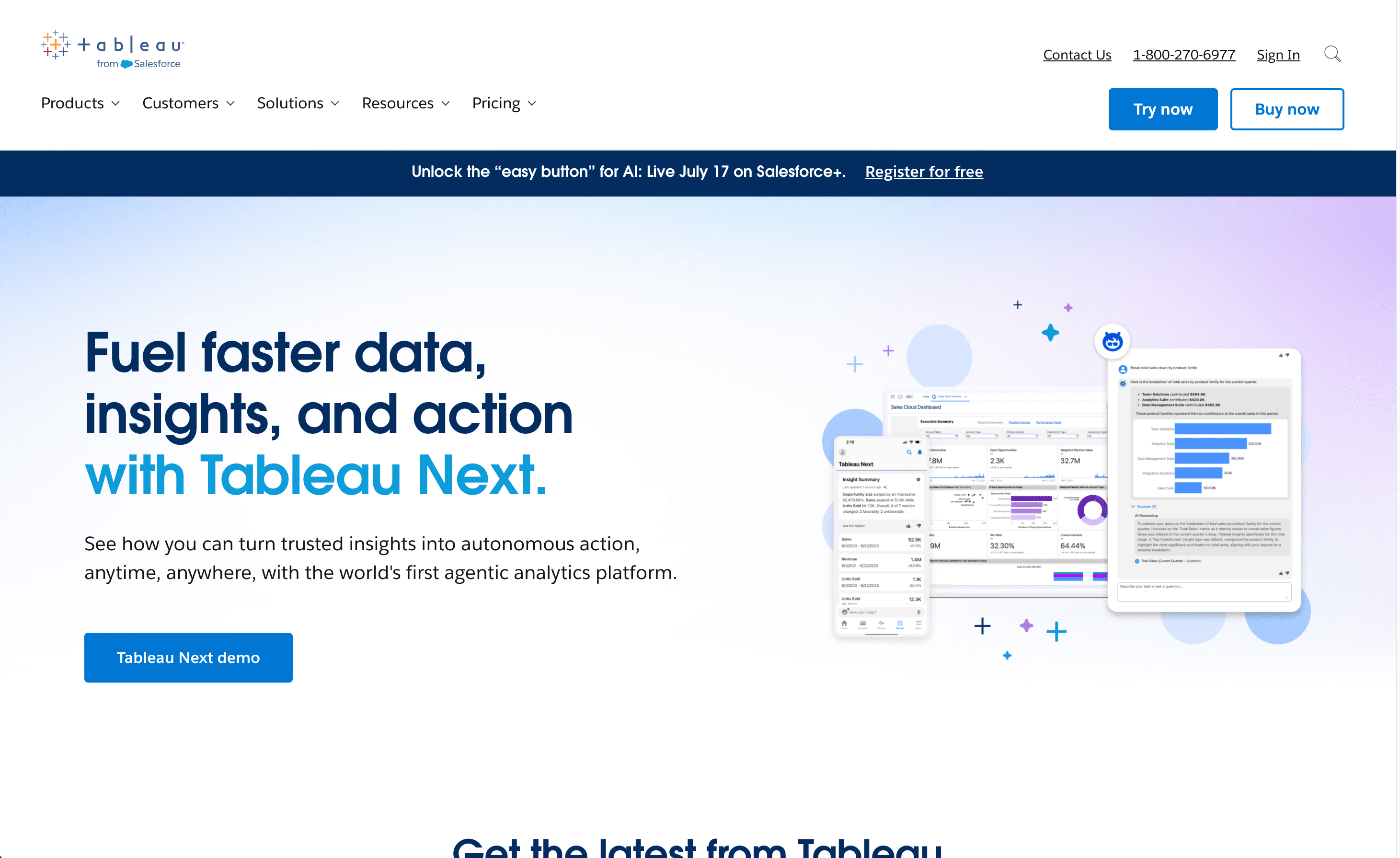
What it does: Data visualization and reporting tool.
Key features: Customizable dashboards, integration with analytics platforms, interactive charts ().
Best for: Presenting site analysis data to stakeholders.
Pricing: Tableau Creator is $70/user/month; Tableau Public is free.
14. Thunderbit

What it does: is an AI-powered site analysis and data extraction tool—think of it as your AI web scraper sidekick. It’s a Chrome extension that lets you pull structured data from any website in just a couple of clicks.
Key features:
- AI Suggest Fields: Click one button, and Thunderbit’s AI reads the page and recommends what to extract—no coding required.
- Subpage & Pagination Scraping: Automatically visits subpages (like product details) and handles paginated lists.
- Instant Data Templates: One-click scraping for popular sites (Amazon, Zillow, Instagram, etc.).
- Data Export: Push data directly to Excel, Google Sheets, Airtable, or Notion.
- AI Autofill: Use AI to fill out online forms or automate workflows.
- Scheduled Scraper: Describe the schedule in plain English, and Thunderbit runs scrapes automatically in the cloud.
- Contact & Image Extraction: One-click extraction of emails, phone numbers, or images from any page.
Best for: Sales, ecommerce, marketing, or real estate teams needing quick, structured insights from any website—without coding headaches. It’s perfect for lead generation, price monitoring, and competitive research.
Pricing: Free trial (6–10 pages); credit-based pay-as-you-go for larger jobs. Exporting data is always free.
Want to see Thunderbit in action? or check out the for tutorials and use cases.
Comparison Table: Site Analysis Tools at a Glance
Here’s a quick side-by-side to help you choose the right tool for your needs:
| Tool | Primary Use & Strengths | Standout Features | Best For | Starting Price |
|---|---|---|---|---|
| Google Analytics (GA4) | Traffic & engagement analytics | Event-based tracking, funnel analysis | Understanding site audience | Free |
| Semrush | SEO audit & competitor analysis | Keyword research, site audit, competitor tracking | SEO & content strategy | $129.95/mo |
| Ahrefs | SEO & backlink analysis | Backlink index, content gap, site explorer | Organic growth, competitive research | $99/mo |
| Contentsquare | UX behavior analytics (enterprise) | Heatmaps, session replays, AI insights | Deep behavioral data for large sites | Enterprise |
| Hotjar | Heatmaps & user feedback | Click/scroll heatmaps, session recordings, surveys | UX pain points, user feedback | Free / $39/mo |
| SimilarWeb | Competitor traffic intelligence | Traffic sources, audience, benchmarks | Market research, benchmarking | Free / $199/mo |
| HubSpot Website Grader | Quick website audit | Grades on SEO, performance, mobile, security | Fast, non-technical site health check | Free |
| Matomo | Privacy-first analytics | Self-hosted, GDPR, customizable dashboards | Analytics with full data control | Free / $23/mo |
| Mixpanel | Product & user behavior analytics | Funnel/cohort analysis, event tracking | SaaS, mobile, user journey optimization | Free / $24/mo |
| Optimizely | Experimentation & A/B testing | Multivariate testing, personalization | Data-driven UX optimization | Enterprise |
| Crazy Egg | Visual analytics & A/B testing | Heatmaps, scrollmaps, confetti, user recordings | Page engagement, layout optimization | $29/mo |
| G2 | Software reviews & reputation analysis | User reviews, competitor comparisons, buyer intent | Reputation management, software discovery | Free |
| Tableau | Data visualization & dashboarding | Custom dashboards, data integration | Presenting findings to stakeholders | $70/user/mo |
| Thunderbit | AI web scraper & automation | AI fields, subpage/pagination scraping, data export | Web data extraction, workflow automation | Free trial / pay-as-you-go |
Having the tools is just the start. Here’s how I recommend making them work for you:
- Combine quantitative and qualitative data: Google Analytics tells you what happened; Hotjar shows you why. Use both.
- Centralize reporting: Use Tableau or Google Data Studio to bring all your metrics into one dashboard. Weekly “website health” reports keep everyone aligned.
- Prioritize and act: Don’t let insights gather dust. Log issues, rank them by impact, and assign owners.
- Automate alerts: Set up notifications for traffic spikes, ranking changes, or competitor moves. Let the tools do the watching.
- Integrate with workflow tools: Pipe reports into Slack, Airtable, or Notion so insights reach your team where they work.
- Train your team: Even a lunch-and-learn can demystify these tools for sales and ops folks.
- Continuous improvement: Make site analysis a habit. Regular audits and tweaks add up to big gains over time.
One of my favorite combos? Google Analytics for the big picture, Hotjar for user behavior, Semrush for SEO, and Thunderbit for scraping competitor data or gathering leads. It’s like assembling the Avengers, but for your website.
Conclusion: Choosing the Right Site Analysis Tools for Your Business
Improving your website’s user experience isn’t a one-and-done project—it’s an ongoing journey. The right site analysis tools are your compass, your map, and sometimes your emergency toolkit when things go sideways. Whether you’re chasing higher conversions, better SEO, or just fewer support tickets, these tools help you listen to your users, outsmart your competitors, and make smarter decisions.
Here’s my advice:
- Start small. Pick a few tools that address your biggest pain points.
- Test and learn. Use free trials and entry-level plans to see what works.
- Act on insights. Don’t just collect data—use it to make real improvements.
- Iterate. Regularly review and refine your approach.
If you’re ready to get started, set up Google Analytics (if you haven’t already), run a heatmap on your top landing page, crawl your site with Screaming Frog, and try for your next web data project. You’ll be amazed at what you discover—and how quickly you can turn those insights into results.
Here’s to building websites that users love, teams are proud of, and competitors envy. And if you ever need a hand scraping data, you know where to find me (hint: ). Happy analyzing!
Want more tips on web automation, scraping, and productivity? Check out the for deep dives, tutorials, and the occasional bad web joke from yours truly.
FAQs
1. What are site analysis tools and how do they improve user experience?
Site analysis tools help you monitor, audit, and optimize your website by tracking traffic, identifying SEO issues, analyzing user behavior, and benchmarking against competitors. They improve user experience by spotting pain points, speeding up site performance, and helping teams make informed, data-backed changes.
2. How do I choose the right site analysis tool for my business?
Look for tools that are easy to use, integrate well with your existing systems, offer accurate insights, and provide useful reporting features. Consider pricing, scalability, and privacy requirements too. Free trials and user reviews can help you test before committing.
3. Which tools are best for small businesses or non-technical teams?
Tools like Hotjar, HubSpot Website Grader, and Thunderbit are great for small businesses. They offer intuitive interfaces, free tiers, and powerful features without requiring technical expertise. Thunderbit’s AI-powered scraping and automation features are especially useful for sales and marketing teams.
4. Can I use multiple site analysis tools together?
Absolutely. In fact, combining tools often gives you a more complete picture. For example, use Google Analytics for traffic stats, Hotjar for behavioral insights, Semrush for SEO audits, and Thunderbit for scraping competitor data or generating leads.
5. What kind of results can I expect from using site analysis tools?
Businesses often see faster page speeds, higher conversions, improved SEO rankings, and better user engagement. For example, Vodafone improved sales by 8% after UX improvements, and Nikkei boosted engagement by 12% after reducing page load time.